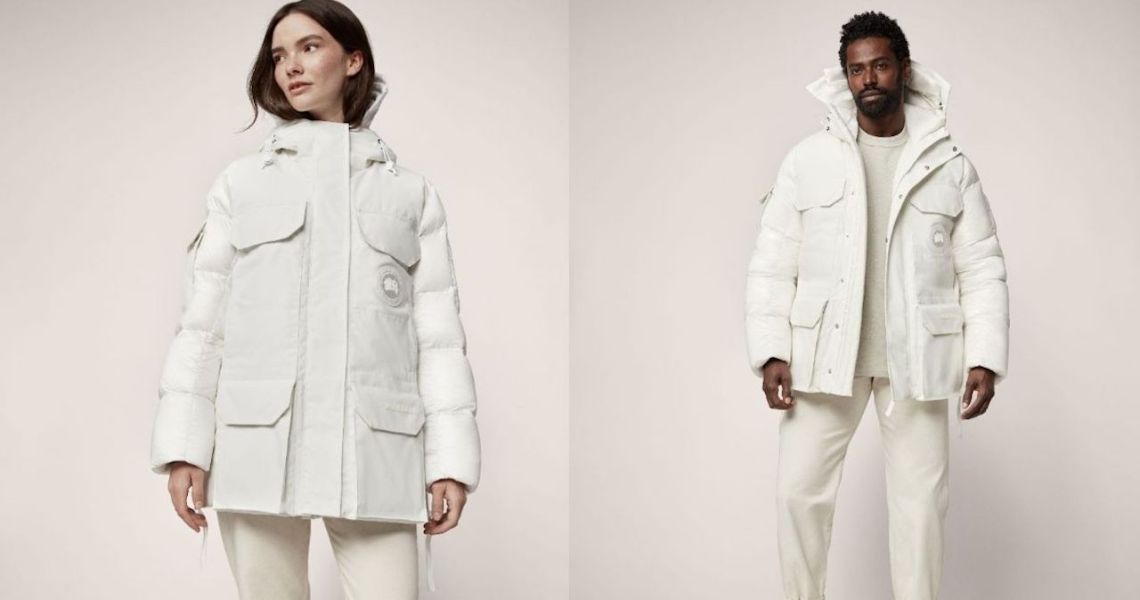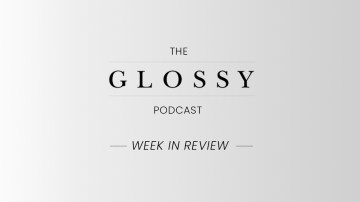In the last month, major apparel brands have been reporting declining wholesale revenue.
Canada Goose saw its wholesale revenue decline 18% in the first quarter of 2023, reported on August 3. Under Armour saw a global wholesale decline of 6% in the same quarter, as reported on August 8. Fossil saw a 13% decline in wholesale revenue, per its August 10 earnings report. And VF Corp, the parent company of Vans, was hit hard with a 39% drop in North American wholesale revenue in its second quarter.
Historically, wholesale has been seen as more stable than DTC, since the orders from retailers are regular and predictable. However, the pandemic shook up that theory, as retailers canceled orders and drove more brands like Nike to invest heavily in DTC channels. But in recent months, even brands that have been 100% DTC have begun to branch out into wholesale, citing the reliability and stability of the sector as well as the increased costs and competitiveness of the DTC market. Yet Canada Goose and Under Armour, along with other big brands like Skechers and Vans, are all finding their wholesale revenue in decline.
Part of the blame rests on the retailers having higher levels of inventory, requiring them to discount more heavily to move merchandise. David Bergman, CFO of Under Armour, told investors that excessive inventory was one of the main reasons for the brand’s sluggish wholesale sales.
“We have seen destocking from the retailers, and their inventory levels appear to be getting healthier, which is good,” Bergman said on the call. “So we do feel better going into future seasons. But, … [the turnaround won’t be] as fast as we thought; … we expect to see some of the promotional environment sticking around a little bit longer. And … if you think about that from a timing perspective, we remain cautious around calendar Q4, or holiday.”
In 2020, Under Armour began closing down 2,000-3,000 wholesale accounts but wholesale is still a major part of its business; it sells in more than 10,000 stores.
In June, Nordstrom reported that Nordstrom Rack, its off-price business, was its biggest driver of new customers. CEO Erik Nordstrom said on an earnings call that the plan was to use Rack to reduce the amount of inventory the company had on hand through promotions and off-price. That behavior is exactly what leads to brands seeing lower wholesale revenue on their end.
But the decline in wholesale is also a U.S.-specific phenomenon. The U.S. Census Bureau reported that U.S. wholesale sales in June were down by 6.7% from June of 2022. Under Armour, for example, saw an increase in wholesale revenue in EMEA, Asia-Pacific and Latin America. The growth in those markets wasn’t enough to make up for the decline in the U.S., however. Its overall wholesale revenue was down 6% globally, to $742 million. Its DTC revenue, meanwhile, was up by 4%, to $544 million. This reflects the continued slowdown of the U.S. economy, driven by ongoing inflation and reduced consumer spending.
Wholesale became an increasingly attractive option for brands, even those that were typically DTC-focused, because it allowed them to cut down on ad costs at a time when the price to acquire new customers is ballooning.
But some of the benefits of wholesale make it hard to quit. Melanie Travis, CEO of the DTC-native brand Andie Swim, said her brand only recently branched into wholesale, which now makes up about 10% of the brand’s revenue. Wholesale still holds a strong appeal, she said, even in spite of recent challenges facing bigger wholesale brands like Canada Goose.
“My vision for wholesale is to make it important but not overpower the brand,” said Travis. “E-commerce and direct will always be the bigger part of the business, and I want to keep it that way. But you do have to be where people shop, and the reality for me is that most people shop for swimsuits in department stores. They just do.”




